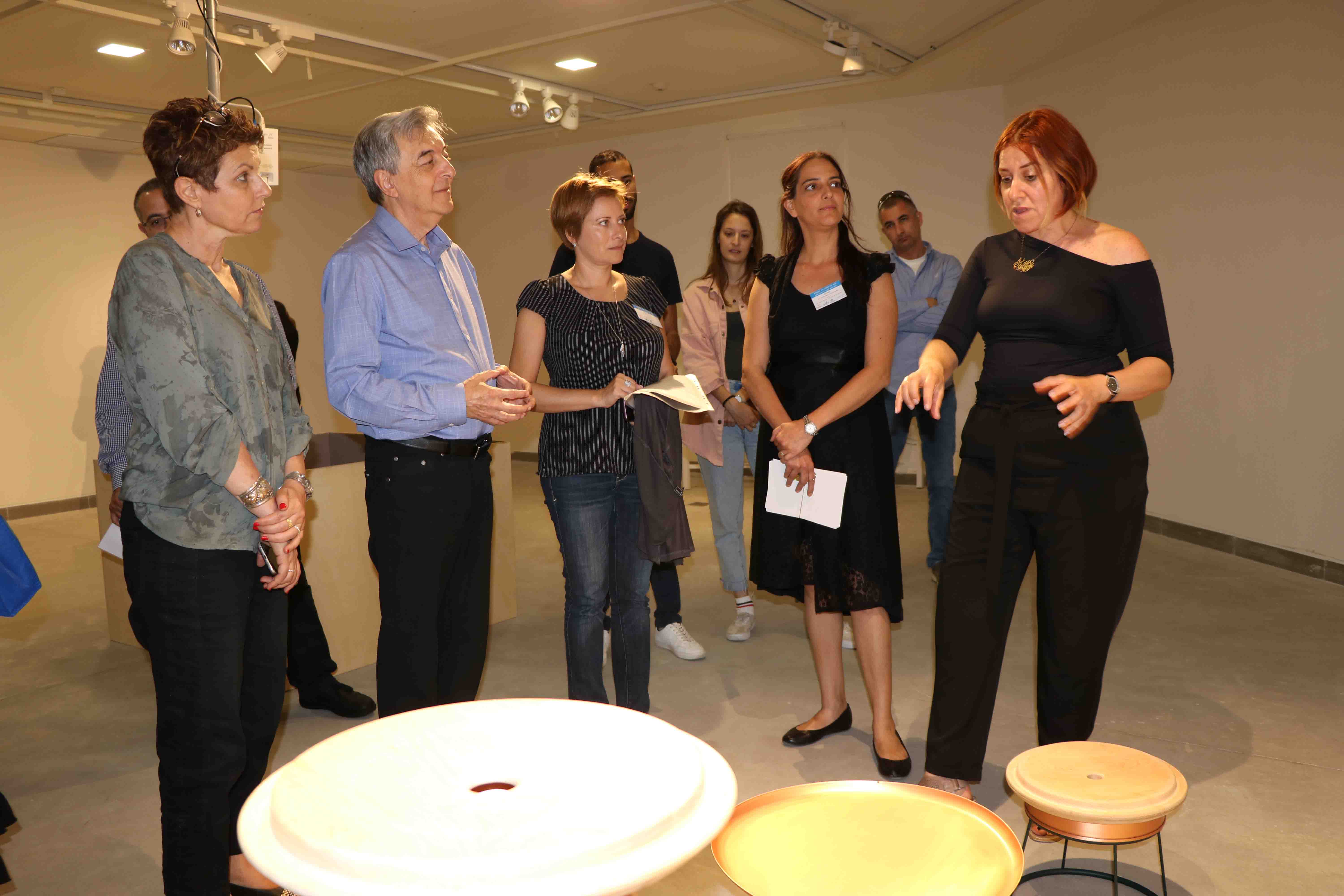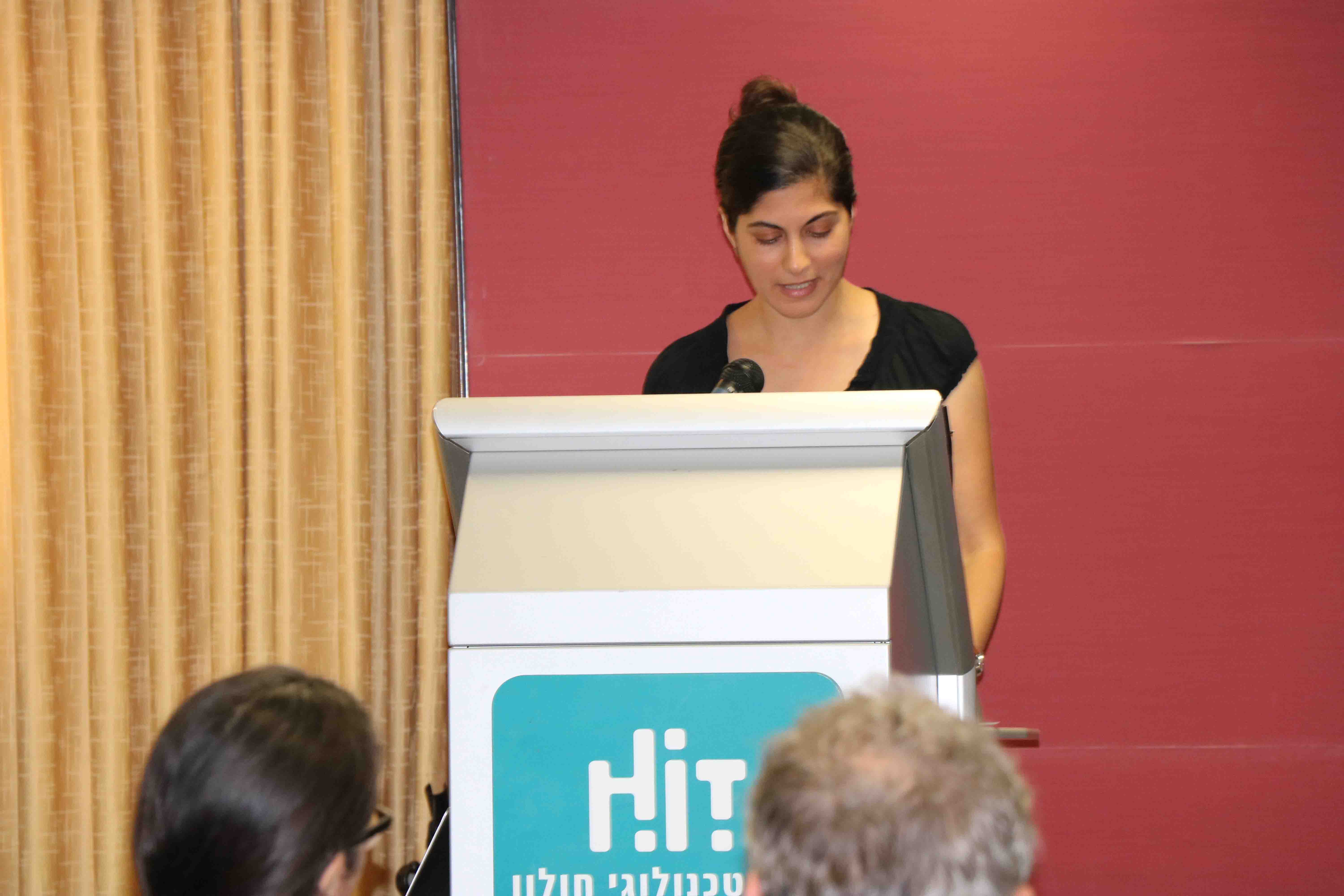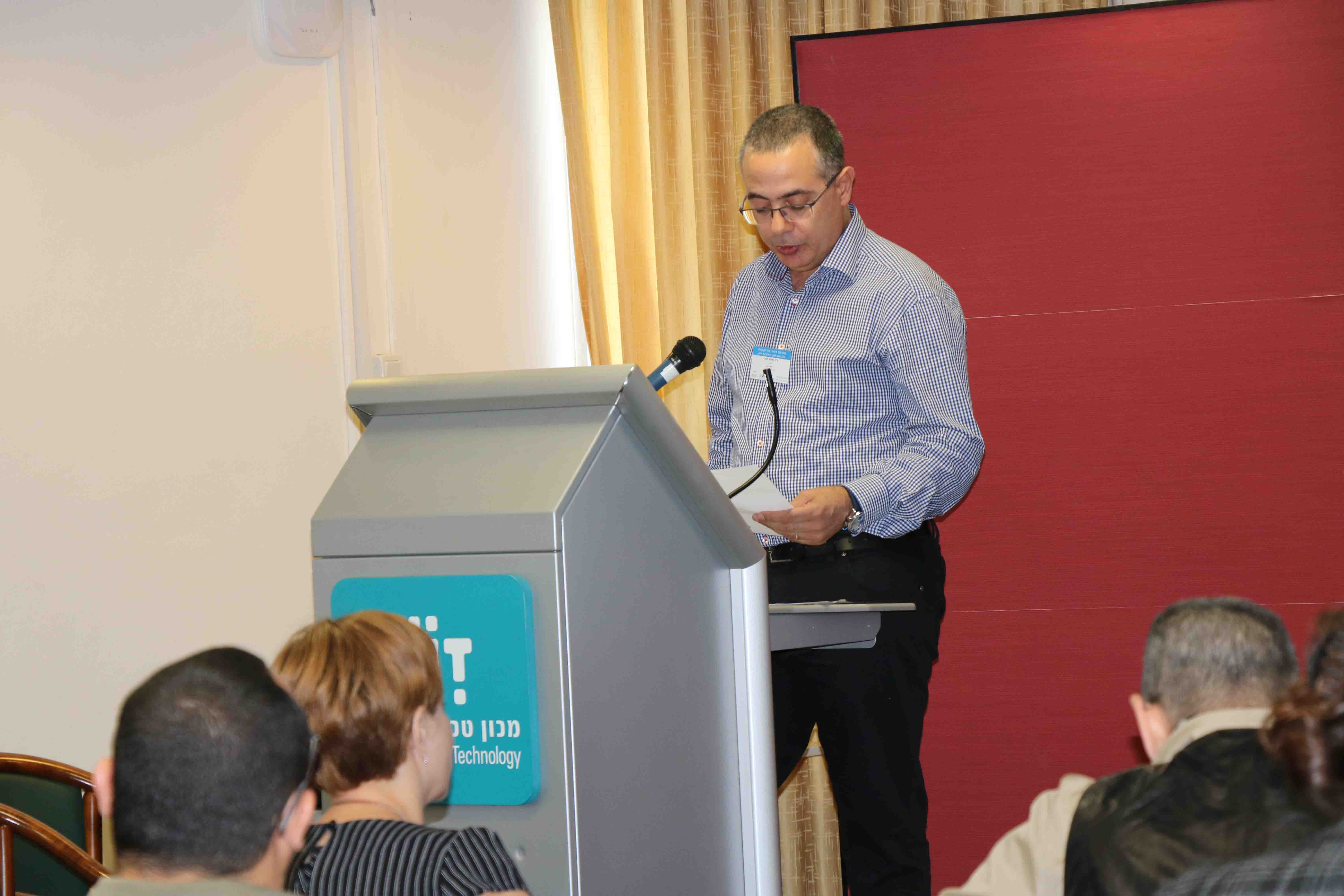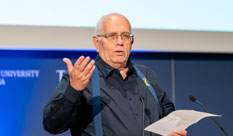More:
News & Stories
“Linguistic Landscape, City and Campus” conference at HIT
The first national conference “Linguistic Landscape, City and Campus” was held at HIT.

The conference was organized in cooperation with the Council of Higher Education and the Van Leer Research Institute in Jerusalem. The conference accompanied the "campus week" of “The Israeli Hope” project, as part of the program to facilitate higher education to all sectors of Israeli society.

“Linguistic Landscape, City and Campus” included the presence and absence of languages in the urban, public and academic spaces, with an emphasis on Arabic, Hebrew and English, as an indication of the relationship between the populations of Israel.

The conference was moderated by Prof. David Shoikhet, Vice President for Academic Affairs, Dr. Hashem Zoubi from the Faculty of Sciences and Dr. Sarah Osacky-Lazar, Coordinator of the Forum for the Accessibility of Higher Education to the Arab Society at the Van Leer Research Institute.

Participants from the national and international levels took an active part in the conference: The School of Education at Tel Aviv University — Prof. Elana Shohami from the multi-lingual education program, one of the experts on “linguistic landscape”; The Arab Academic College in Haifa — Dr. Amer Dahamshe; Kay College and HIT — Dr. Doron Narkis; University of Haifa and the Van Leer Institute — Yael Maayan; Bar-Ilan University and Yavne Centre in Bordeaux — Dr. Arch. Michel Ben-Arrous; HIT - Dr. Liora Bigon.
In a workshop held by Yael Maayan, the participants mapped the campus space and shared their thoughts about the role of the space. The results of the workshop will be submitted to the Institute's management for further learning and drawing conclusions.
The conference ended with a tour in two exhibitions at the Vitrina Gallery and the library at HIT: One presented HIT's campus diversity and pluralism in line with the "Israeli Hope" initiative; and the second presents photographs of street signs as seen in a variety of Israeli and African cities as political, cultural and social indicators.
- News & Events
New Collaboration with Sheba Medical Center will qualify nurses to work in a digital environment.
Collaboration between HIT Holon Institute of Technology, the teaching authority of the Sheba Medical Center, and the Sheba-BEYOND virtual hospital will allow training nurses in Israel and around the world to work in a digital...



 Additional programs
Additional programs
